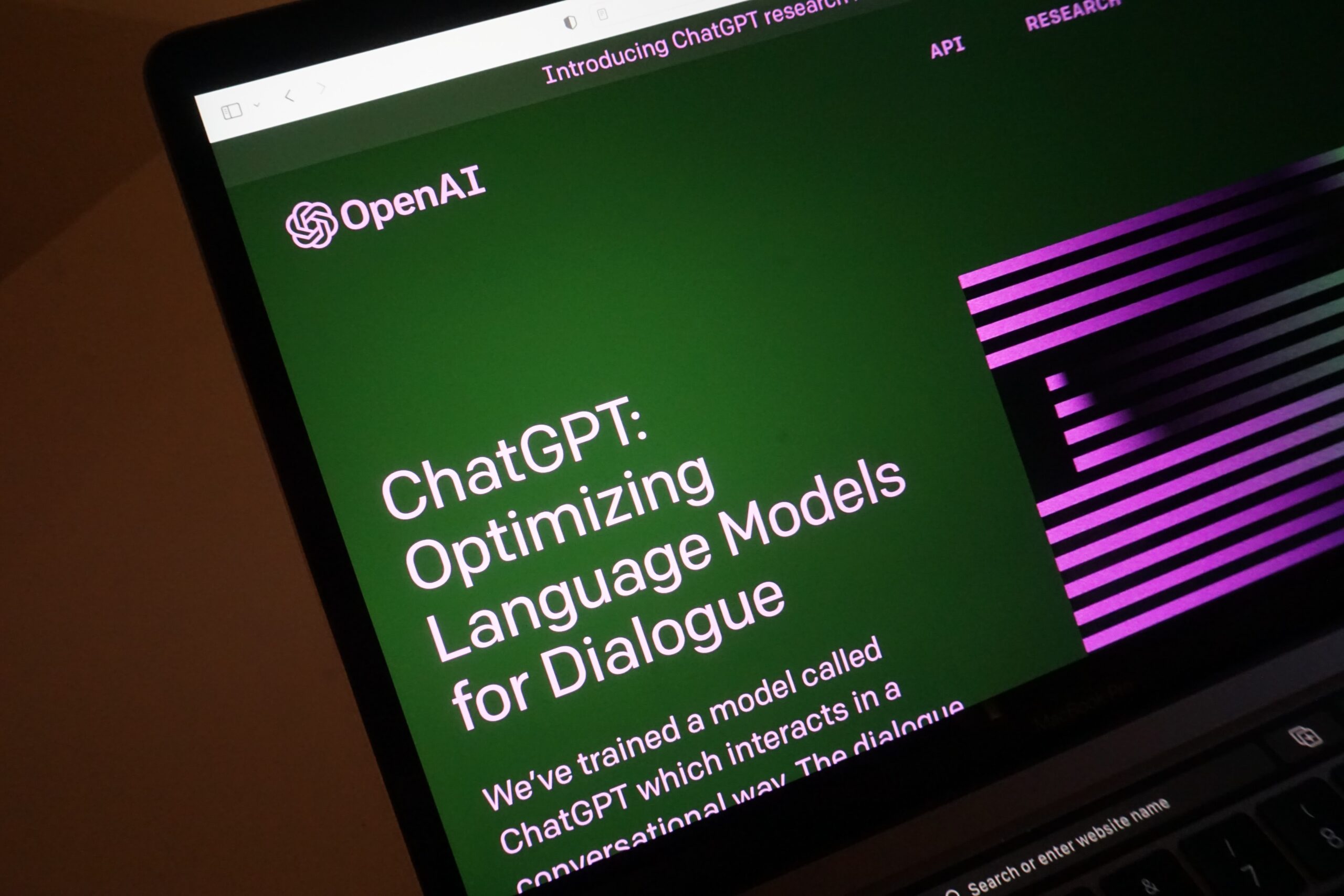As of March 2023, OpenAI has unveiled GPT-4. While its capabilities remain a topic of speculation, we can anticipate that it will be even more advanced and adept at complex tasks, given the improvements observed from GPT-2 to GPT-3.
Introducing GPT-4: What to Expect
GPT-3, with its exceptional natural language processing (NLP) and text generation skills, has already made a significant impact. Boasting over 175 billion parameters, it stands as the largest language model ever created. GPT-3 can generate coherent, grammatically correct text, translate languages, summarize text, and accurately answer questions.
Anticipating GPT-4’s Advancements
Predicting GPT-4’s exact advancements is challenging, but we can make educated guesses based on NLP technology trends.
- Enhanced Natural Language Understanding (NLU): GPT-4 may excel at understanding the meaning behind text rather than just generating coherent sentences. With improved context and nuance comprehension, GPT-4 could become invaluable for chatbots and virtual assistants.
- More Convincing Text Generation: GPT-3 is already impressive, but GPT-4 could generate even more natural-sounding, coherent text while avoiding nonsensical or unrelated content.
- Faster Learning and Adaptation: GPT-4 might learn more efficiently and quickly adapt to new situations. Language models typically require extensive data for training and struggle with tasks beyond their training data. If GPT-4 overcomes these limitations, its range of capabilities could substantially increase.
In Conclusion
GPT-4 is set to be a significant advancement in NLP technology. Although its exact capabilities remain unknown, it is evident that GPT-4 will continue pushing the limits of language processing. We eagerly await the innovative applications that GPT-4 will enable.





